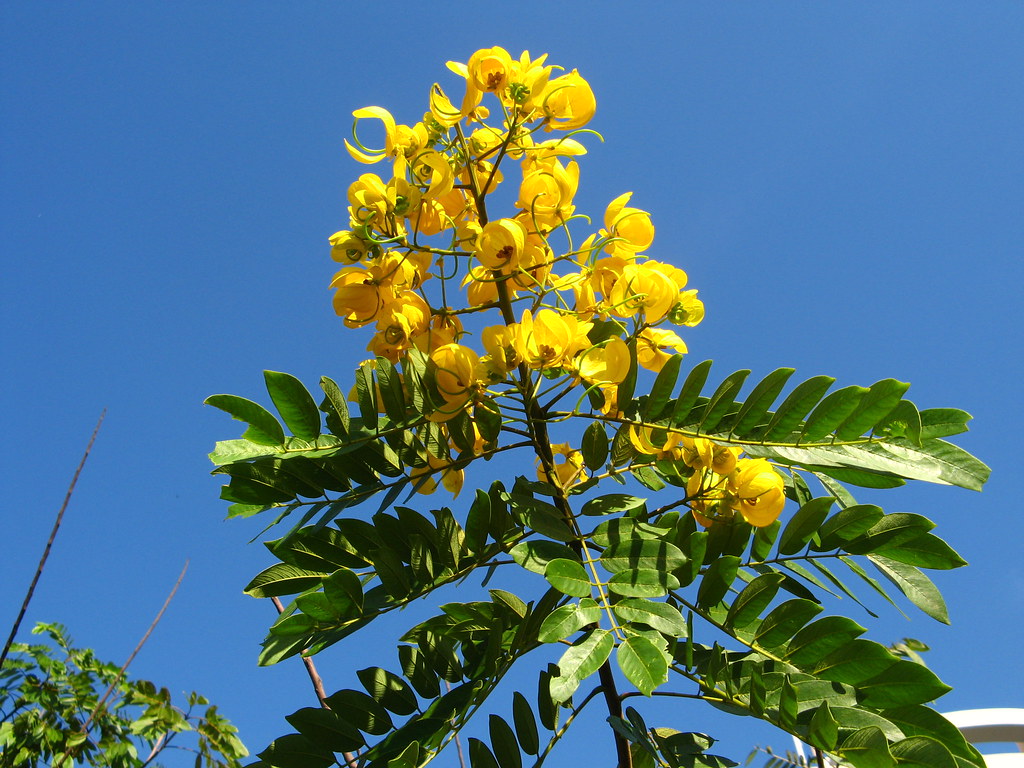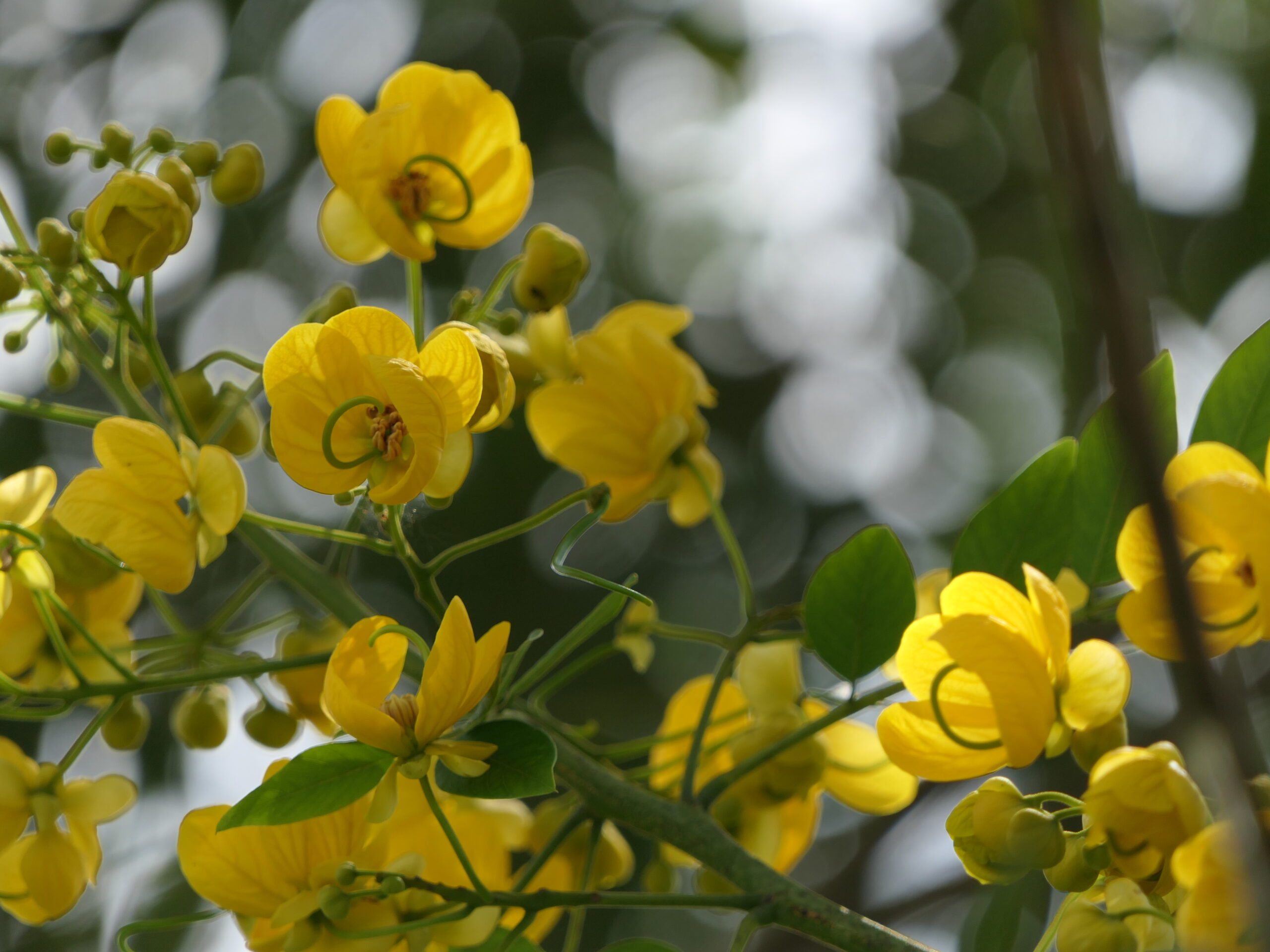Environmentalists in Wayanad are calling on the Forest Department for greater transparency regarding their plan to remove Senna spectabilis from the Wayanad Wildlife Sanctuary. This invasive species poses a serious threat to the natural habitats in the Nilgiri Biosphere Reserve, disrupting local ecosystems and endangering native wildlife.
The Unintended Consequences of Senna Spectabilis
Origins and Growth: Initially introduced for its aesthetic appeal and as a shade provider, Senna spectabilis quickly outgrew its welcome. Its rapid growth and allelopathic properties—chemicals it releases that inhibit the growth of nearby plants—have turned it into a major ecological threat. This outcompetes local flora, leading to a decline in biodiversity.
Mechanical Methods: The Forest Department initially tried to tackle this issue through mechanical means, such as uprooting and girdling. However, these efforts proved largely ineffective. The resilient tree would often sprout multiple coppice shoots from the stumps, complicating eradication efforts. Additionally, inconsistencies in how different forest divisions handle and price the timber have raised questions about the process’s fairness and efficiency.
Towards a Controlled and Coordinated Removal
Partnership with KPPL: Badusha, the president of Wayanad Prakruthi Samrakshana Samithi, highlighted a new agreement with Kerala Paper Products Limited (KPPL) to procure 5,000 tonnes of Senna spectabilis at a lower price compared to other regions. He stressed the importance of establishing a standard operating procedure (SOP) to ensure that the removal process is environmentally sound.
Learning from Other Reserves: Activists argue that Wayanad should adopt the strict extraction rules seen in other reserves, like Muthumalai and Sathyamangalam, where removal is conducted under carefully researched guidelines. Developing a detailed SOP will be crucial for safely and effectively managing the invasive species, minimizing the impact on local wildlife and habitats.

Understanding Senna Spectabilis
Invasive and Native Roots: Senna spectabilis, also known as Cassia spectabilis, is a deciduous tree originating from tropical South America. It can grow up to 20 meters tall. While it’s invasive in regions like Africa and Asia, it disrupts native ecosystems by outcompeting local plant species.
Medicinal Uses: Despite its reputation as a pest, Senna spectabilis has medicinal benefits. It is used in traditional medicine to treat constipation and skin conditions. This dual nature of the tree—both harmful and beneficial—adds complexity to its management.
Ecological Role: Beyond its problematic nature, Senna spectabilis has bright yellow flowers that attract bees, contributing to nectar production. It is also utilized in reforestation projects on degraded lands, showcasing its potential role in environmental restoration, albeit with caution.
The ongoing debate in Wayanad over Senna spectabilis underscores the delicate balance needed in environmental management. Removing an invasive species without causing further ecological harm requires careful planning, rigorous standards, and transparent processes. The goal is not just to restore the balance but to ensure that native species and ecosystems can thrive once more.




